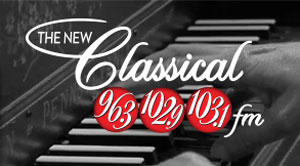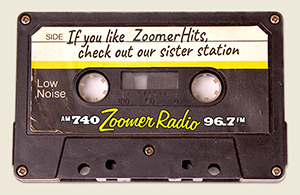The Artist
December 9, 2011
Reviewed by Marc Glassman
Michel Hazanavicius, director & script
Starring: Jean Dujardin (George Valentin), Berenice Bejo (Peppy Miller), John Goodman (Al Zimmer), James Cromwell (Clifton), Penelope Ann Miller (Doris), Uggy (The Dog)
The buzz:
Talk of major Oscar wins began early for this stylish film, when rhapsodic reviews after The Artist’s premiere at Cannes propelled Jean Dujardin to the Best Actor award at the festival.
Set in the critical years of 1928-1932 when the Great Depression overtook the world’s economy and the Silent Era in cinema was dispatched with the coming of talkies, The Artist is shot in black and white, with no spoken dialogue until the film’s denouement. Those decisions—no talk and glisteningly beautiful black and white cinematography—have intrigued critics worldwide.
The Oscar buzz reached epic proportions two weeks ago, when the New York Film Critics Circle gave the Best Film and Best Director awards to The Artist.
The genres:
Romantic comedy; period drama; film history
The plot:
George Valentin, a handsome, swashbuckling leading man, flirts with a very cute extra on his current production. When she sneaks into his dressing room, he offers her advice—“do something different.” Inspired by his own suggestion, the egotistical but charming Valentin places a fake beauty spot on her cheek. Little does he realize that he’s launched a star. Within a year, Peppy Miller has become a resounding success in the new “talkies” motion pictures.
At the same time, Valentin’s career comes to a shrieking halt. Too proud to try to make it in talkies, the silent star sinks his own money into a “non-talkie” production that flops abysmally. George loses his money, his mansion—and his wife.
Three years later, in 1932, Peppy is a huge star and George is a has-been, abandoned by everyone except his dog. Embittered and drunk, he sets old celluloid of his films on fire and nearly dies. His dog saves him, getting a policeman to leave his beat to rescue Valentin.
Peppy finds out what happened and comes to George’s rescue, bringing him to convalesce at her house and working on reviving his career. Will love conquer all—including George’s wounded pride? Can you sing “Hooray for Hollywood?”
The performances:
All of the performances are noteworthy since they’re done in pantomime, silent era style. Each of the leads has to strike a balance between “over-the-top” acting and the more deadpan style used since the talkies (in various ways).
Dujardin plays a nearly perfect blend of Gene Kelly in Singin’ in the Rain and Douglas Fairbanks in Robin Hood, the epitome of the athletic, happy-go-luck leading man. The dark side of George Valentin is well represented, too: this is a fine performance.
Berenice Bejo is fine as Peppy but she lacks the charisma of a leading star. It’s hard to picture her as a Hollywood great—and interesting to discover that, in real life, she’s the wife of director Hazanavicius. Perhaps the casting is off base.
John Goodman, as the Hollywood mogul and James Cromwell as the faithful limousine driver, are fine as is Uggy, a great “leading” dog.
The direction:
Hazanavicius came up with a great concept. Making most of the film without dialogue ensured critical interest in the film. But—of course—he had to make it all work. And he does, making the film the virtuoso exercise it has to be.
Not only are the performances fine but the soundtrack by Ludovic Bource works wonders—except when, on occasion, it becomes excessively romantic.
The use of sound in the film is noteworthy particularly in a scene when Valentin realizes that “sound” is here to stay. He places a glass on a table and suddenly the audience and the actor can hear it. Upset, he runs outside and Valentin finds himself immersed in sound: even a feather hitting the pavement sounds like a rock slamming on the ground.
The skinny:
This is a hugely enjoyable film, mixing the exuberance of Singin’ in the Rain (and its tale of the birth of the talkies) with the melodrama of A Star is Born (as one star in a couple rises, the other declines) and the occasional epic sweep of Citizen Kane (in the depiction of the end of an era as Valentin’s marriage crumbles).
If there’s a problem with The Artist —and there is—it’s this: the film lacks any true psychological resonance. Peppy and George are “types,” never characters we can believe in. And that’s why this charming film won’t win many Oscars—and only in technical categories. But don’t let that stop you from seeing and enjoying this film.











